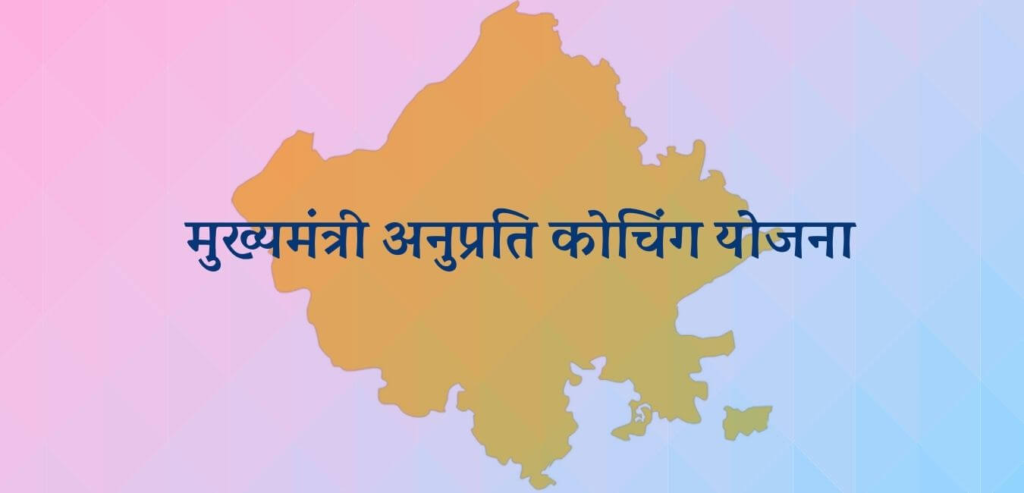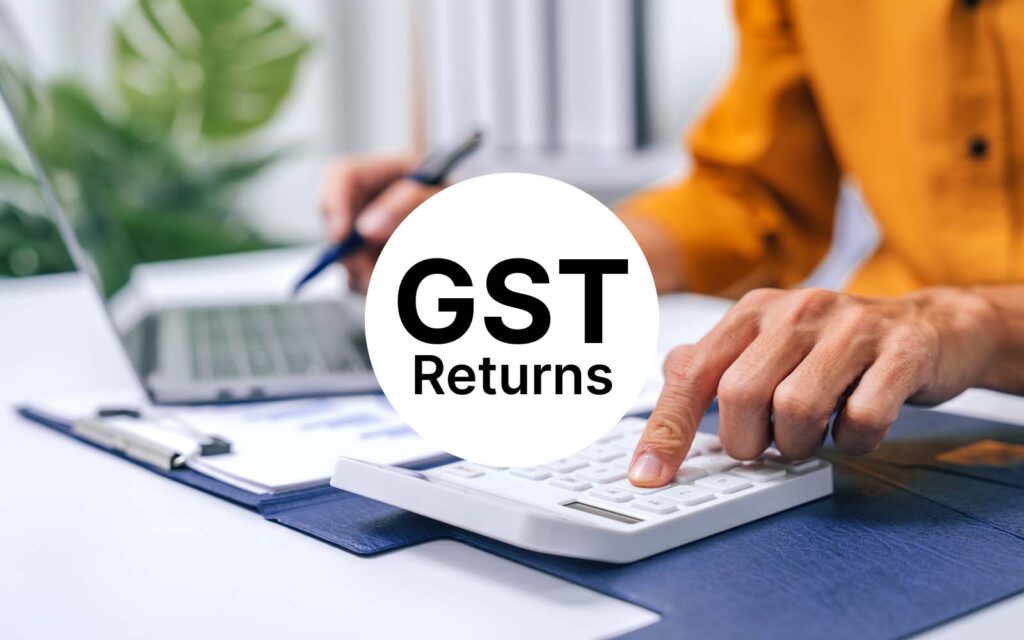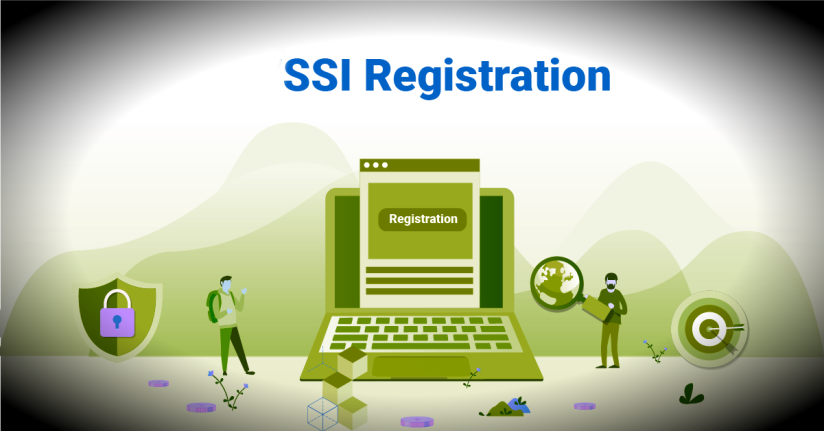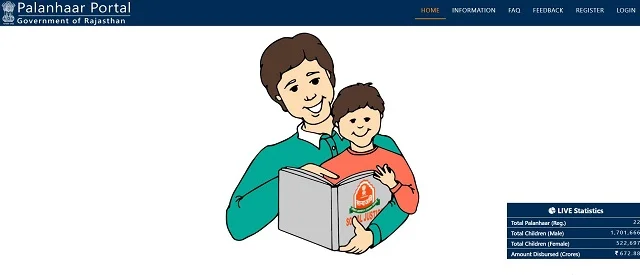Rajasthan Anuprati Scheme
Rajasthan Anuprati Yojana has been started by the state government in the year 2005. Under this scheme, the talented candidates of Scheduled Caste / Scheduled Tribe / Special Backward Class / Other Backward Class and General Category BPL families of the state will be provided financial assistance by the Rajasthan Government for preparing for selection in various competitive examinations like Indian Civil Services, Rajasthan Civil Services, IIT, IIM, CPMT, NIT and Government Engineering and Medical etc. Rajasthan Anuprati Coaching Scheme 2024 Under this scheme, the poor students of Scheduled Caste and Scheduled Tribe who pass the All India Civil Services Examination at various levels will be provided incentive amount of up to Rs 1 lakh by the Rajasthan Government. This amount will be made available at various levels. The annual income of the family of the candidates of Scheduled Caste / Scheduled Tribe / Special Backward Class availing this scheme should not exceed Rs 2 lakh. Under this Rajasthan Anuprati Yojana 2024, an incentive amount of Rs 10 thousand will be given to the students on being successful in the engineering and medical entrance examination RPMT / RPET conducted by the Rajasthan government in the state and taking admission in government medical and engineering colleges. Name of the scheme Rajasthan Anuprati Yojana Started by Rajasthan Government Beneficiary poor students of the state Objective providing incentives Application Process Online official website https://sje.rajasthan.gov.in/schemes/Anuprati.html Objective of Rajasthan Anuprati Yojana 2024 The condition of the families of students of Scheduled Caste, Scheduled Tribe category is very weak, due to which the children of these families are not able to get higher education. In view of this problem, the state government has started Rajasthan Anuprati Yojana 2024. Under this scheme, all the poor students of Scheduled Caste and Scheduled Tribe category, Backward Class and General Category of Rajasthan are encouraged by providing financial assistance for preparation for selection in various competitive examinations like Indian Civil Services, Rajasthan Civil Services, IIT, IIM, CPMT, NIT and Government Engineering and Medical etc. To make the future of poor students bright in the field of education through Rajasthan Anuprati Yojana. To empower the candidates through this scheme. Incentive amount given in Rajasthan Anuprati Yojana Incentive amount received for All India Civil Services Examination Description Incentives On passing the preliminary examination Rs 65000 On passing the main exam Rs 30,000 On passing the interview Rs 5000 total amount received Rs 1,00000 RPSC Rajasthan Public Service Commission Exam Payable Amount Description Incentives On passing the preliminary examination Rs 25000 On passing the main exam Rs 20,000 On passing the interview Rs 5000 total amount received Rs 50,000 Prepare for the following exams through Rajasthan Anuprati Yojana union local service commission Civil Services Exam, Rajasthan Public Service Commission RAS & Subordinate Services Combined Competitive Examination Sub Inspector and other exams above 3600 Grade Pay or Pay Matrix Level 10 Writ Rajasthan Staff Selection Commission Exam above Grade Pay 2400 or Pay Matric Level 5 Constable Examination Entrance Exams Engineering Entrance Exams Medical Entrance Test CLAT Exam Benefits of Anuprati Yojana Rajasthan 2024 The benefit of this scheme will be provided to the students of Scheduled Caste, Scheduled Tribe and poor class of Rajasthan. To encourage the students of Scheduled Caste, Scheduled Tribe and poor class of the state in the field of education, financial assistance of Rs 1 lakh will be provided by the government. Under Anuprati Yojana Rajasthan 2024, an incentive amount of Rs 50,000 will be provided to the students for the RPSC Rajasthan Public Service Commission examination (IIT, IIM, AIIMS, NIT, NLU). After clearing the RPMT/RPET conducted by the Rajasthan Government and getting admission in a Government Medical/Engineering College, the candidate will be provided with a sum of Rs. 1000. Eligibility for Chief Minister Anupriti Coaching Scheme To avail the benefit of Mukhyamantri Anuprati Coaching Scheme, it is mandatory for the applicant to be a permanent resident of Rajasthan. Under Rajasthan Anuprati Yojana, students of Scheduled Caste, Scheduled Tribe, Other Backward Class, Extremely Backward Class, Minority and Economically Weaker Section can apply. This application can be made through the Tribal Area Development Department, Social Justice Empowerment and Minority Affairs Department. All those students whose parents are working as state government employees up to Matric Level 11 and are receiving salary can also avail the benefits of this scheme. To avail the benefits under this scheme, the annual income of the applicant’s family should be ₹800000 or less. Rajasthan Anuprati Yojana 2024 Documents Aadhaar card of the applicant Attested copy of residence certificate I Certificate Attested copy of caste certificate Attested copy of BPL certificate BPL issued by competent authority Attested copy of certificate Attested copy of certificate of passing various stages of competitive examination Attested copy of certificate of passing the entrance examination and taking admission in the educational institution Affidavit mobile number Passport size photograph How to apply online for Rajasthan Anuprati Yojana 2024? First of all you have to visit the official website of SSO Rajasthan . Now the home page will open in front of you. Now you have to click on the login page. If you are already registered then you will have to login by entering your login credentials and if you are not registered then you will have to register first and then login. Now a new page will open on your screen. On this page you have to click on the option of SJMS portal. After this, a new page will open on your screen in which you will have to login by entering your name and password. After this the user dashboard will open on your screen. You have to click on the option of list of schemes. Now you have to select the Anupriti plan. After this you will have to enter all the information asked. Now you have to upload all the important documents. After this you will have to click on the submit option. After clicking on the Submit option, the application number will appear on your screen. You have to save this application number with you. In this way you
Rajasthan Anuprati Scheme Read More »





